Once you have identified the culture you want, including your program design, the next critical decision is determining an effective implementation.
“What you want is within your reach. You can flip a switch and your life can become what you want it to be.”
Sam Carpenter, Author, Work the System
Cultivating Leaders
Problems exist in the gap between what you desire to be happening and what is actually happening. It’s not enough to teach skills and expose your people to information and ideas. Lessons need to be put into action. Without behavior change, great ideas are nothing more than that – ideas! The goal of effective executive management is to make leadership development a priority and effective transfer of responsibility a primary focus. When you do, every employee of yours becomes responsible for his or her relationships, productivity and engagement. Each month, I have provided information on five processes needed to ensure your organizational wellness. They are:
- REQUIREMENTS GATHERING
- HUMAN SYSTEMS ANALYSIS
- PROGRAM DESIGN
- IMPLEMENTATION
- TESTING AND MAINTENANCE
What? Implementation is the execution of your program for transforming your workplace into a responsibility-based one.
Why? Results are not random. Results are an effect of your willingness to plan, organize, prioritize and complete. This article is focusing on your completing process. Ask yourself these questions:
- Are my employees engaging in individual and group training and implementation meetings weekly to discuss with their peers and managers topics related to organizational wellness, accountability and demonstration of new skills and problem solving?
- Are my employees leading effective meetings and operating as subject matter experts (SME’s) in human systems and job-related skills?
- Are my employees clarifying, refining and reinforcing leadership, and relationship and trust-building skills with the support of mentors?
- Are we using interview processes to hire (or disqualify) candidates based on their fit for our culture?
- Are we using a process for determining when, why and how to terminate employees who are not aligned?
- Are we using processes to ensure all employees are providing ideas and implementing them and demonstrating leadership in cross-functional teams?
- Are my leaders regularly reviewing and reporting success stories and collaborating on processes and input for ongoing improvement?
The business world is changing at lightning speed. Leaders have the opportunity to implement systems that exemplify and cultivate the healthy culture needed to manage rapid changes, but only if they have the courage to meet the road where the rubber hits. When they implement systems and face unexpected blind spots, they are then able to overcome them until the health of the organization repels reactive, irresponsible and disengaged people and becomes a magnet for a healthy, proactive and fully engaged team.
An effective implementation is one in which you incorporate best practices from education. An immersive process is best because it allows your people to engage with new concepts, terms, tools and processes in a variety of ways and repeatedly. A flipped process is one in which your people learn these first alone with plenty of time for reflection and writing about them.
Next, they come together in staff-led small groups of mixed levels so that you break down any artificial barriers that occur in more conventional top-down, hierarchical implementations. Everyone takes turns leading small group discussions and shares their thoughts, ideas and next steps. Every month, everyone has a mentoring partner and a mentoring process they follow so that what’s been learned and adopted is kept front and center and is drawn upon as needed. Finally, the work being done is captured in the operations of the business through systems integration. In this way, all that you adopt is sustainable and life-changing.
In your implementation, you attract and keep great people and fulfill your purpose of achieving the good you most desire to cause.
As published in the column The Extraordinary Workplace in St. Louis Small Business Monthly, February 2014




